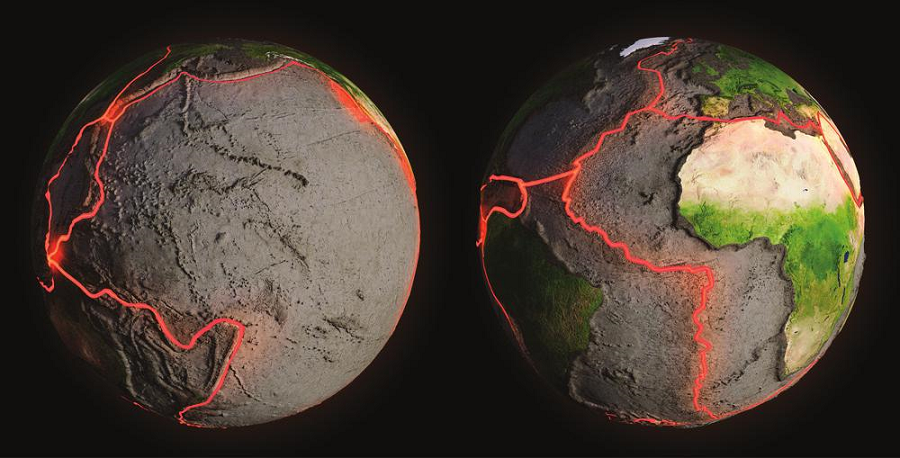EARTHQUAKES
Mother Nature is generous and kind. It gives us the air we breathe, the water we drink, the food we eat. It gives us life. But wait… It can also be quite destructive. Natural disasters like flood, volcanic eruption, tsunami, earthquake, etc. can have serious consequences.
Among many natural disasters, earthquakes are one of the most difficult to control. Sometimes they can be really dangerous and people want to know more about how earthquakes happen and how to protect themselves from them and any other natural disasters.
Earthquakes are the shaking, rolling or sudden shock of the earth’s surface. Through earthquakes, the earth releases pressure. Every year, more than a million earthquakes occur in the world. People feel earthquakes over large areas. They usually last less than one minute. It is still next to impossible to be able to predict the time and the place an earthquake might hit, therefore, scientists are still working on this problem.
About 20 plates along the surface of the earth move continuously and slowly past each other. When these plates move with great force, they cause earthquakes. Sometimes, when the force is too large, the crust – the outer layer – of the earth is forced to break.
Earthquakes result in more or less damage to buildings and other structures. Shaking can be less destructive, but when the ground breaks, large engineering structures such as dams, bridges and nuclear power stations will most probably get destroyed. To prevent such huge damages, scientists should map the locations and understand the moving patterns of the plates.

